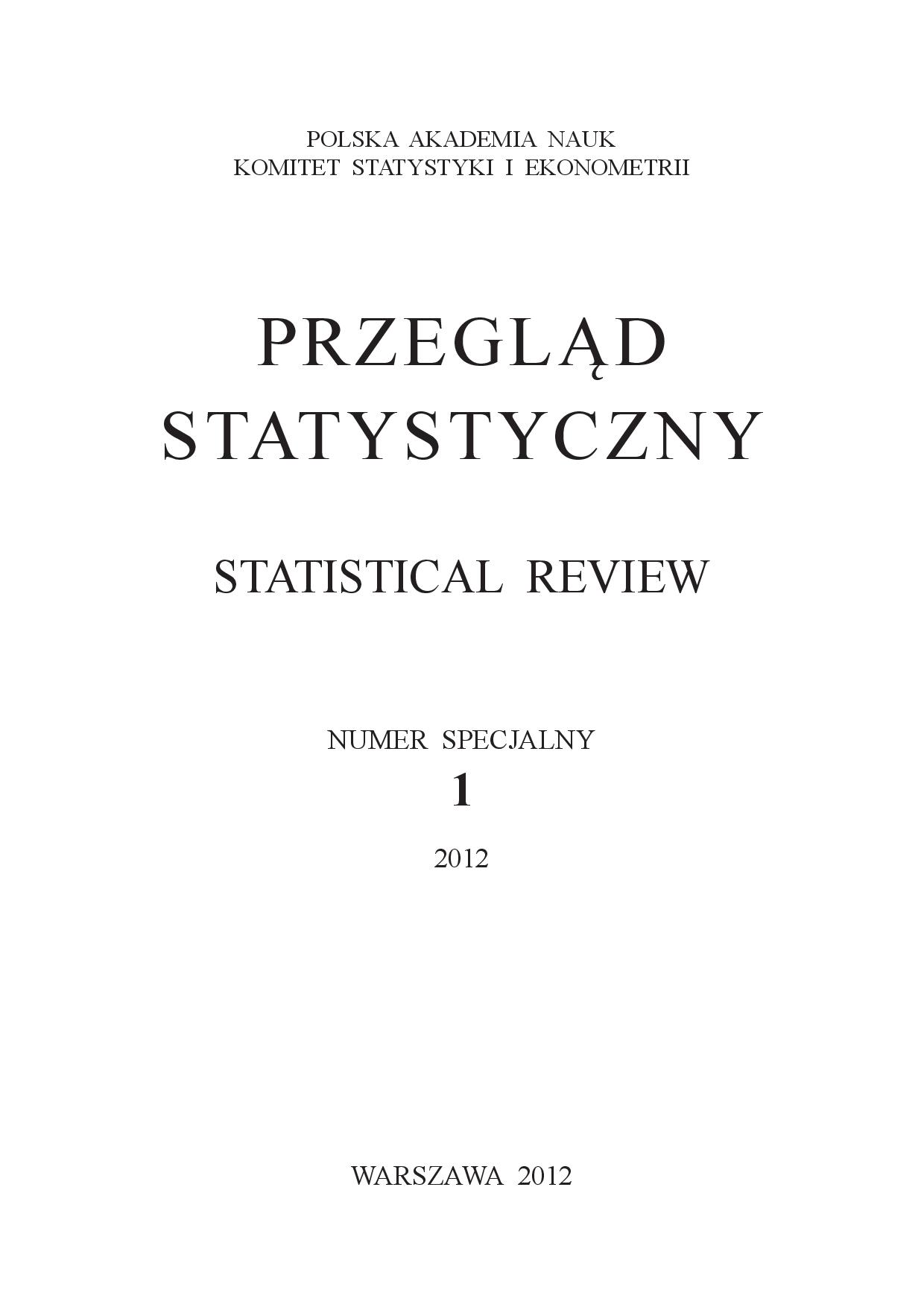Współzależność pomiędzy rozwojem teorii i praktyki badań reprezentacyjnych w Polsce
The Interplay between Sample Survey Theory and Practice in Poland
Author(s): Jan KordosSubject(s): History, Economic history, Recent History (1900 till today)
Published by: Główny Urząd Statystyczny
Keywords: sample survey; estimation methods; complex sample surveys; data quality; estimation for small area; rotation sampling; sample allocation methods
Summary/Abstract: The author examines interplay between sample survey theory and practice in Poland over the past 60 years or so. He begins with the Neymans’s (1934) classic landmark paper which laid theoretical foundations to the probability sampling (or design-based) approach to inference from survey samples. Main ideas of that paper were first published in Polish in 1933 (Neyman, 1933) and had a significant impact on sampling practice in Poland before and after the World War II. Sample surveys conducted in 1950s and 1960s were consulted with J. Neyman during his visits in Poland in 1950 and 1958 (Fisz, 1950a; Zasepa, 1958).Some practical problems encountered in the design and analysis of sample surveys were partly solved by the Mathematical Commission of the CSO which was established in 1949, as an advisory and opinionmaking body to the CSO President in the field of sample surveys. The Commission concentrated specialists in the sampling methods both from the CSO and research centres in the country (Kordos, 2012a). The Commission had a significant impact on sampling practice in Poland and was active till 1993.Special attention is devoted to the impact of sampling theory on sampling practice in Poland, and particularly on sample designs and estimation methods in: sampling in time and rotation methods (Kordos, 1967, 2012b; Kowalczyk, 2004; Kowalski, 2006; Wesołowski, 2010); sample allocation and estimation methods (Bracha, 1994, 1996, 2003; Greń, 1964, 1966, 1969, 1970; Kordos, 1969, 1973, 1982; Wesołowski, 2004, Zasępa, 1962, 1972, 1993 ); data quality (Kordos, 1973, 1988); estimation methods for small areas (Dehnel, 2010; Domański, Pruska, 2001; Golata, 2004ab, 2012; Kalton et al., 1993; Kordos, 1991, 2000b, 2004; Kordos, Paradysz, 2000; Niemiro, Wesołowski, 2012; Paradysz, 1998; Wesołowski, 2004). Concluding remarks are given at the end.
Journal: Przegląd Statystyczny
- Issue Year: 59/2012
- Issue No: Special 1
- Page Range: 61-86
- Page Count: 26
- Language: Polish

